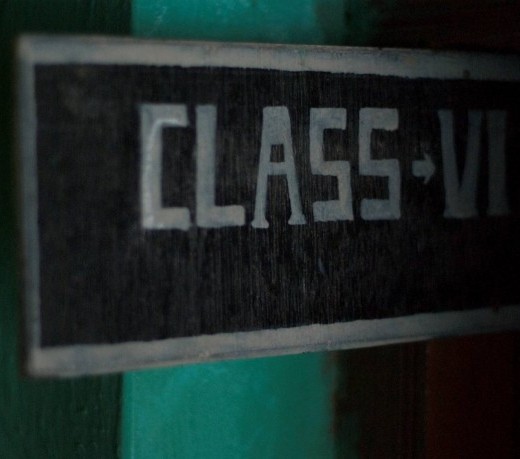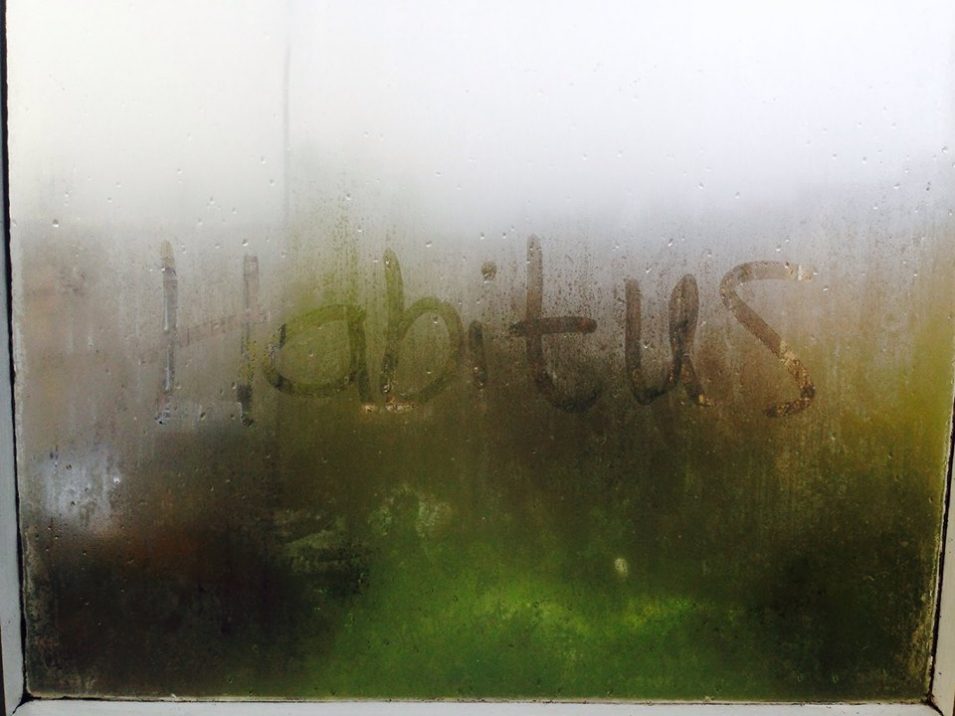
I was recently asked to present as part of a master class on Bourdieu and Higher Education research hosted by SRHE in London. As per my remit, my role was to introduce and unpack some of the more niche and under-utilised thinking tools – in other words, not habitus and capital. When preparing remarks on habitus clivé, I began to return to a previous debate I posed concerning Bourdieu and reflexivity (Burke, 2016).
In brief, a central challenge to Bourdieu’s theory of practice is the lack of agency and, in particular, reflexivity. What we have seen over the past ten years or so is a number of hybrid models (Adams, 2006, Elder-Vass, 2007; Atkinson, 2010a, 2010b) of the habitus with an increased opportunity and role for reflexivity. Adams (2006) – building on Bourdieu’s (1992) argument that, in times of crisis, the habitus adopts a rational nature – suggests that the rapid social changes associated with late modernity will place the habitus in a constant state of crisis and, by extension, rationality. An issue with Adams’ model is that it is based on macro changes and fails to reach the individual level of habitus.
The consequences of a habitus clivé (cleft habitus), in which the habitus is pulled and constrained within two contrasting field positions, provide an explanation of change and an account on the individual level. Previously, Carrigan (2015) has considered Freidman’s (2015) work on hysteresis of habitus and habitus clivé, experienced through social mobility, discussing how it provides a path to consider reflexivity akin to that supported by Margaret Archer (2007). Here, I argue that the development of habitus clivé by Ingram and Abrahams (2016) provides a nuanced reading and a starting point for thinking about the reflexive elements of the habitus within a complex network of possible trajectories. Ingram and Abrahams provide a typology of habitus interruptions:
- Abandoned habitus
- Reconfirmed habitus
- Reconciled habitus
- Destabilised habitus
Returning to Bourdieu’s (1992) position that change can increase rationality, the above typology gives us a starting point for examining the different ways habitus experiences and negotiates change. Rather than habitus interruptions or habitus clivé resulting in hysteresis of habitus, it can provide what Ingram and Abrahams term “a vantage point” (2016: 146); from here, we can see the opportunities for reflexivity within a range of possible trajectories but still connected the habitus or combinations of habitus.
References:
Adams, M. (2006) ‘Hybridising Habitus and Reflexivity’, Sociology, 40 (3), 511-528.
Archer, M.S. (2007) Making Our Way Through the World. Cambridge: Cambridge University Press.
Atkinson, W. (2010a) Class, Individualisation and Late Modernity: In Search of the Reflexive Worker. Hampshire: Palgrave Macmillan.
Atkinson, W. (2010b) ‘Phenomenological Additions to the Bourdieusian Toolbox: Two Problems for Bourdieu, Two Solutions from Schultz’, Sociological Theory, 28 (1), 1-19.
Bourdieu, P. (1992) ‘The Purpose of Reflexive Sociology (The Chicago Workshop)’, In: Bourdieu, P. and Wacquant, L. (eds) In invitation to Reflexive Sociology. Cambridge: Polity Press. pp. 217-253.
Burke, C. (2016) Culture, Capitals and Graduate Futures: Degrees of Class. London: Routledge.
Carrigan, M. (2015) Reframing Margaret Archer’s Critique of Habitus. (online) available from: https://markcarrigan.net/2015/04/14/reframing-margaret-archers-critique-of-habitus/
Elder-Vass, D. (2007) ‘Reconciling Archer and Bourdieu in an Emergentist Theory of Action’, Sociological Theory, 25 (4), 325-346.
Friedman, S. (2015) ‘Habitus Clivé and the Emotional Imprint of Social Mobility’, The Sociological Review, 64 (1), 129-147.
Ingram, N. and Abrahams, J. (2016) ‘Stepping outside of oneself: how a cleft-habitus can lead to greater reflexivity through occupying “the third space” ’, In: Thatcher, J., Ingram, N., Burke, C. and Abrahams, J. (2016) (eds.) Bourdieu: the next generation. London: Routledge. pp. 146-171.










